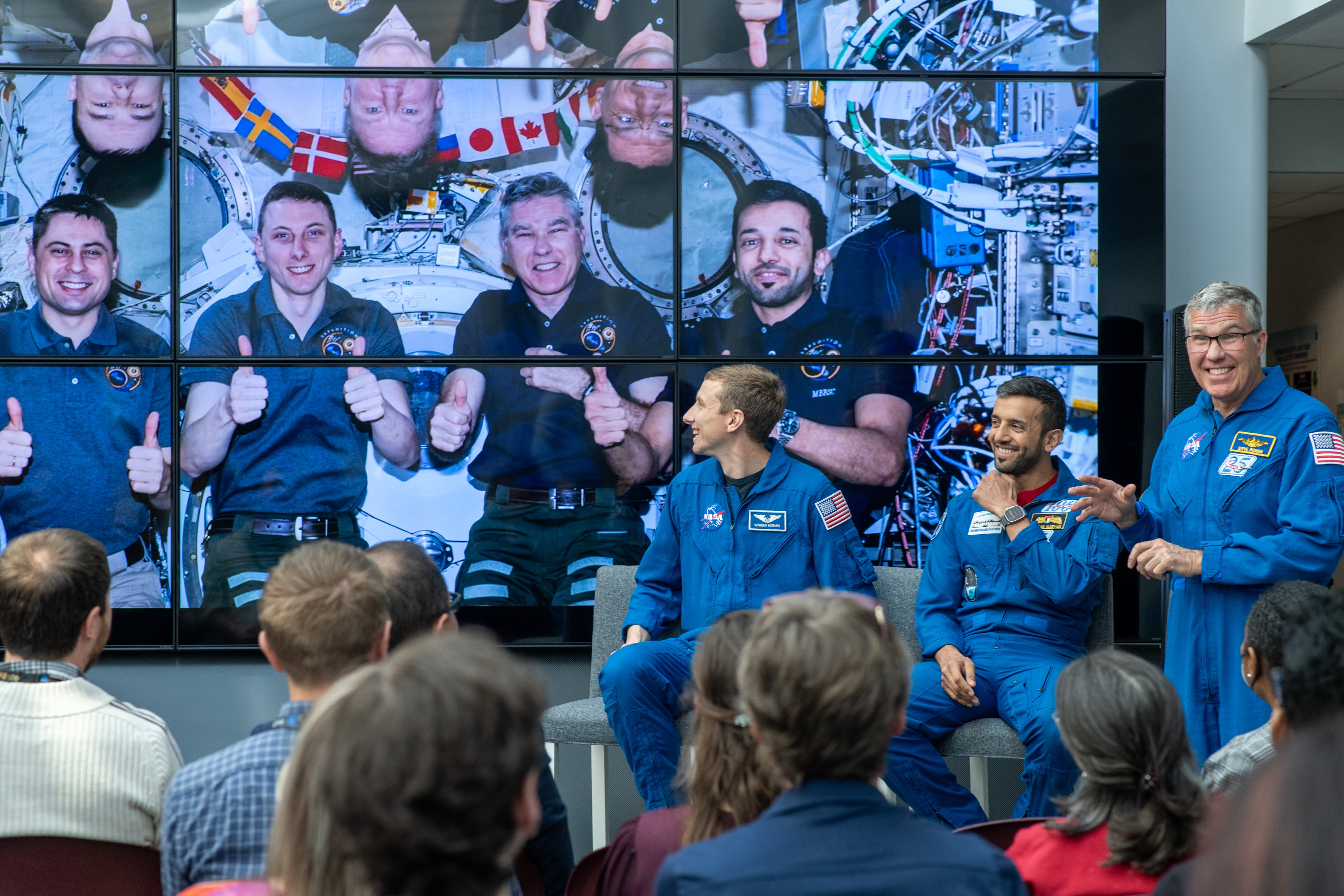Are Astronauts Federal Employees?

The question of whether astronauts are federal employees often arises out of curiosity about the nature of their work and the organization behind manned space missions. As representatives of the United States in an arena that captures the imagination of many, astronauts hold a unique position. Understanding their employment status is essential for grasping the broader context of their responsibilities, benefits, and the dynamics of space exploration.
In this article, we will explore the employment status of astronauts, the organizations they work for, and the implications of their roles as federal employees. We will also discuss the significance of their work in the context of national interests, scientific advancement, and public engagement.
Quick Info Table
| Aspect | Details |
|---|---|
| Employment Status | Federal Employees |
| Primary Employer | National Aeronautics and Space Administration (NASA) |
| Training Requirements | Extensive training, including physical fitness and technical skills |
| Job Benefits | Federal employee benefits, including health insurance and retirement plans |
| Mission Goals | Scientific research, exploration, and international cooperation |
Understanding Astronauts' Employment Status
Federal Employment Defined
To grasp whether astronauts are federal employees, it's essential to define what constitutes federal employment. Generally, federal employees are individuals who work for government agencies and are paid through federal funds. They enjoy specific benefits, protections, and responsibilities that come with their employment status.
The Role of NASA
NASA (National Aeronautics and Space Administration) is the primary agency responsible for the United States' civilian space program and for aeronautics and aerospace research. Established in 1958, NASA employs thousands of professionals, including scientists, engineers, and astronauts.
Astronauts undergo rigorous selection processes and training programs conducted by NASA. Given their employment through this federal agency, astronauts are classified as federal employees, which means they are subject to the same regulations and benefits as other government workers.
Benefits and Protections
As federal employees, astronauts receive numerous benefits that are standard within the federal workforce. These include:
- Health Insurance: Coverage through the Federal Employees Health Benefits Program (FEHBP), which offers a variety of plans.
- Retirement Plans: Participation in the Federal Employees Retirement System (FERS), which includes a pension plan and Thrift Savings Plan (TSP).
- Leave: Generous leave policies, including sick leave and annual leave, allowing for work-life balance.
The Significance of Being a Federal Employee
Being a federal employee comes with unique responsibilities and expectations. Astronauts are not only tasked with executing missions but also representing U.S. interests in space exploration. Their roles involve significant public engagement, as they often participate in educational outreach, media events, and international collaborations.
The Selection and Training of Astronauts
Rigorous Selection Process
NASA's selection process for astronauts is one of the most challenging in the world. Candidates undergo a thorough evaluation, which typically includes:
- Educational Requirements: A master’s degree in a relevant field such as engineering, physical science, biological science, mathematics, or computer science.
- Professional Experience: At least three years of related professional experience or at least 1,000 hours of pilot-in-command time in jet aircraft.
- Physical Fitness: A comprehensive medical examination ensures that candidates meet the necessary health standards.
Extensive Training Programs
Once selected, astronauts enter an extensive training program, which can last several years. This training includes:
- Technical Skills: Learning to operate spacecraft systems, conduct spacewalks, and manage emergencies.
- Physical Conditioning: Maintaining peak physical fitness to endure the rigors of space travel.
- Simulated Missions: Participating in simulations that replicate flight conditions and mission scenarios to prepare for real-life challenges.
Contributions to Science and Society
Pioneering Research
Astronauts conduct a wide range of scientific research during their missions. Experiments conducted in microgravity contribute to advancements in various fields, including:
- Medicine: Developing treatments for diseases and understanding the effects of long-term space travel on the human body.
- Material Science: Investigating the properties of materials in a microgravity environment, leading to innovations in manufacturing and materials development.
Public Engagement and Inspiration
Astronauts play a crucial role in inspiring the next generation of scientists and engineers. Their visibility in media, schools, and public events fosters interest in STEM (science, technology, engineering, and mathematics) fields. Programs like NASA’s Astronaut Encounter allow the public to learn about space travel directly from those who experience it.
International Collaboration
Furthermore, astronauts often participate in international missions, collaborating with space agencies from around the world. This cooperation enhances diplomatic relations and fosters a spirit of global unity in the pursuit of scientific knowledge.
Challenges Faced by Astronauts
Physical and Mental Demands
While the allure of space travel is undeniable, astronauts face significant physical and mental challenges. The isolation, confinement, and weightlessness can lead to unique stressors that require resilience and adaptability.
NASA addresses these challenges through pre-mission training and ongoing psychological support, ensuring that astronauts are equipped to manage the mental health aspects of their missions.
Risk of Space Travel
Space travel inherently involves risks, including exposure to radiation and the potential for technical failures. Astronauts are trained to handle emergencies, but the unpredictability of space missions remains a concern for both astronauts and their families.
The Future of Astronaut Employment
Evolving Roles in Space Exploration
As space exploration evolves, so too does the role of astronauts. The emergence of commercial spaceflight companies is transforming how space missions are conducted. While NASA remains a key player, private companies are beginning to send astronauts into space, leading to new employment models and opportunities.
Expanding Opportunities
The increasing interest in space exploration is likely to create more roles for astronauts. As missions to the Moon and Mars become more feasible, the demand for trained astronauts will grow. This expansion will offer diverse opportunities for those interested in pursuing a career in space.
Conclusion
In conclusion, astronauts are indeed federal employees, primarily working for NASA. Their roles encompass not only the execution of complex missions but also significant contributions to science, public engagement, and international collaboration. The benefits and protections afforded to them as federal employees underscore the importance of their work in advancing human knowledge and exploration.
As we look toward the future of space exploration, it is vital to recognize the evolving nature of astronauts' roles and the increasing collaboration between government agencies and private enterprises. The journey of astronauts is not just about exploring the final frontier; it is about inspiring humanity to reach for new heights, fostering innovation, and uniting diverse nations in the quest for knowledge.
As we stand on the brink of a new era in space exploration, the commitment of astronauts to their mission and their status as federal employees will continue to shape the future of our endeavors beyond Earth.



Comments ()